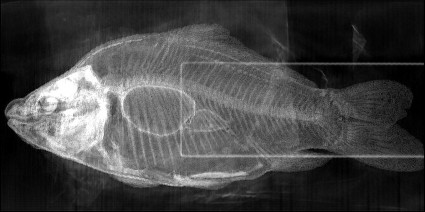Back around 1984 or so, I first became interested in computer graphics. I was going to college at the University of Oregon, and we didn’t really have any graphics courses or any computers that you would think would be good at displaying graphics. Eventually they got a Tektronix 4115 terminal (which was huge, and cost about $20K in the day if memory serves), which I got hooked to our VAX 11/750, and I had my platform. I started to read and experiment with raytracing. Some early enthusiasm and guidance was provided over USENET by Eric Haines, who I must thank for helping inspire and inform me in those early years. Eric’s patience has shifted from being measured in Blinns to milli-Blinns now, and he’s authored a book called “Real-Time Rendering” and also maintains a very useful blog on the subject. Every once in a while, I glance over and realize that the world is changing, and I’m not keeping up. But if you want to keep up with developments, Eric’s blog will be a good place to start.
Real-Time Rendering · Tracking the latest developments in interactive rendering techniques.



